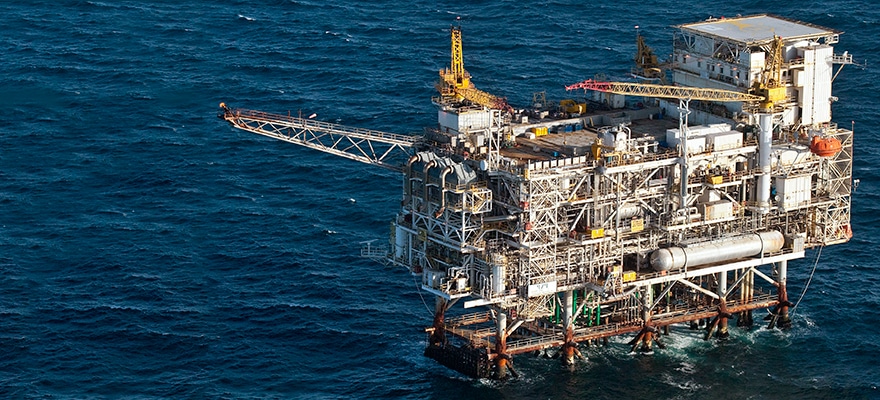
Jonathan English, Allegro Development EMEA
This article was written by Jonathan English, Managing Director at Allegro Development EMEA. Allegro’s award-winning Commodities Trading and Risk Management (CTRM) solution helps companies gain end-to-end business visibility to make snap decisions, based on real-time information from data feeds and systems all around the world.
Energy commodity prices have been on a roller coaster ride since the early 1980s. The next three decades promise even more dramatic change as factors like fuel efficiency, shale gas and unconventional fuels alter the market balance between current exporting and importing regions.
According to BP, global demand for energy is expected to rise 37% by 2035. The U.S is looking at self-sufficiency in oil production by the 2030s whilst Asia is leading the demand for natural gas, which will be the fastest growing fossil fuel over the period.
Coal’s demand will slow down mainly due to less intense growth in China. By 2035 liquefied natural gas (LNG) supplies are expected to overtake pipelines as the dominant form of traded gas, leading to more connected and integrated gas markets and prices globally and providing significantly greater diversity in gas supplies to consuming regions.
If we add the pressure on governments to seriously look at renewable energy, times are indeed a-changing. Transacting in commodity markets in volatile times requires traders to be able to instantaneously react to market shifts and opportunities – without exposing their organisations to undue legal or financial risk. Traders should invest in the right technologies now if they are going to Arbitrage opportunities, expand margins and stay ahead of these roller coaster times.


















